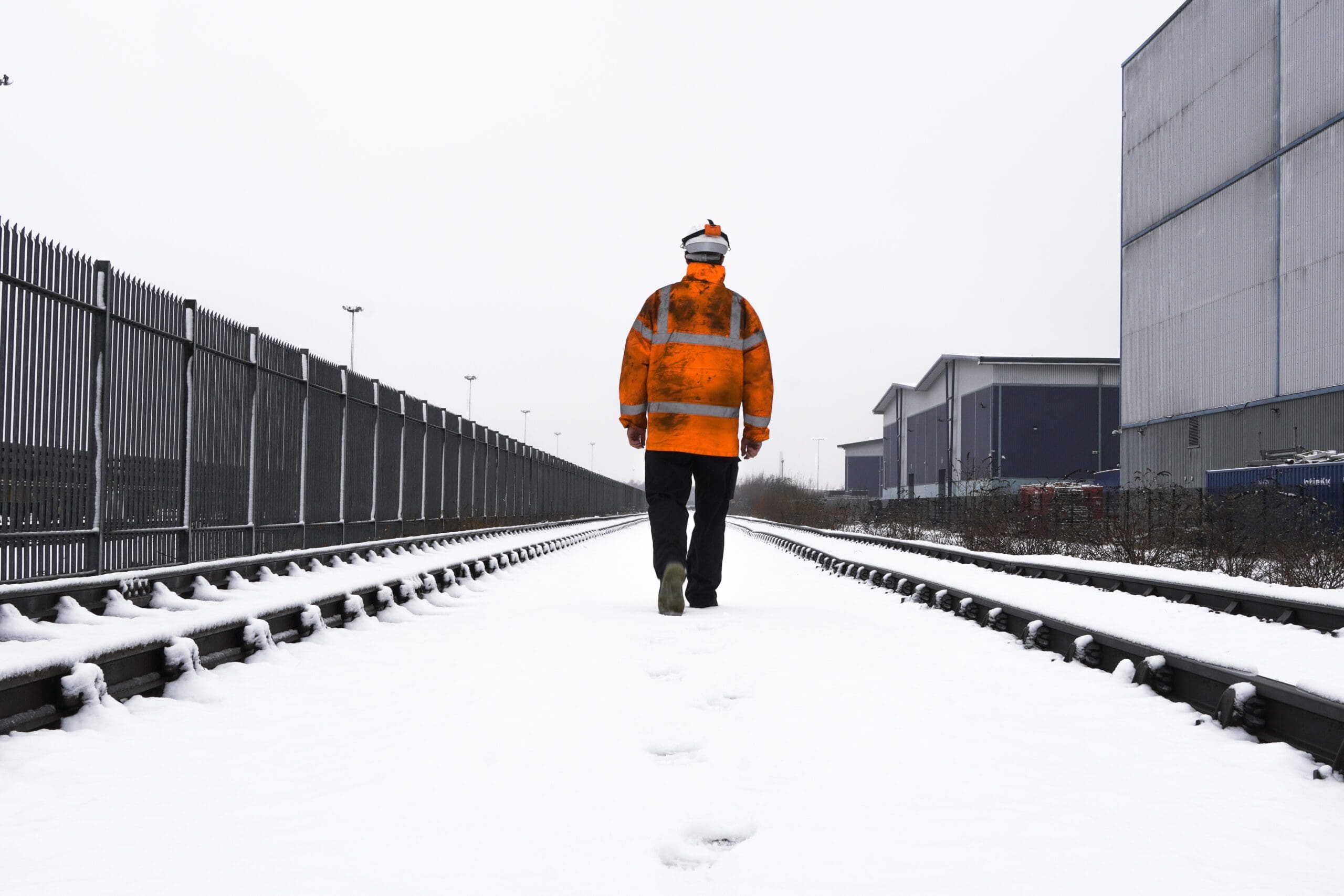Railroad Bladder Cancer Lawyer
Patients suffering from cancer or other serious illnesses might not have time to think about paperwork or legal issues. A lawyer who specializes in railroad bladder cancer can assist them in turning these concerns over so that they can focus on healing and ensuring the future of their families.
Benzene

If a railroad worker is diagnosed with cancer which they believe was caused due to their work exposure to carcinogens such as benzene, asbestos or creosote an experienced lawyer for railroads can help them get compensation to pay for medical bills and other expenses. Our team can investigate and construct a case to prove that the railroad company violated railroad employee's rights under FELA and led to their illness.
Diesel exhaust is often present in large quantities on trains and in train yards and even at machine shops. This type of exhaust is associated with bladder cancer, lung cancer mesothelioma, and bladder cancer. A lawyer from the railroad industry could help a railway worker suffering bladder cancer obtain substantial damages to cover medical expenses and other costs.
FELA allows current, former and retired railway employees to sue their employers if they develop cancer as a result of exposure to hazardous chemicals while working. The deep-pocketed railroad companies will employ teams of highly compensated experts who offer unsubstantiated claims that exposures in locomotive cabs as well as in shops, rail yards and cabs were not different from the typical exposures people face on the streets of cities. A lawyer who specializes in railroad cancer will be able to provide legal advice as well as support to help you receive the compensation you deserve despite these expert defenses.
Bladder cancer lawsuit have been exposed to creosote, which is a toxic wood preservative. Chemicals that contain creosote are used to protect wooden railroad ties. However, employees can also be exposed when cleaning equipment and facilities with products that contain the chemical. Creosote is a risk factor for a variety of health issues like lung cancer, skin cancer, and bladder cancer.
A railroad worker who filed a lawsuit for cancer claims that exposure to chemicals from two major rail transport companies led to him developing bladder cancer. The suit was filed in Philadelphia County court, claiming that Penn Central Corporation (doing business as American Premier Underwriters, Inc.) in Harrisburg, Consolidated Rail (Conrail) Corporation in Philadelphia and Norfolk Southern Railway Company, of Norfolk, Virginia violated FELA by placing him in a setting that exposes workers.
Another plaintiff in the same lawsuit asserts that he developed leukemia as due to his long-term exposure to toxic chemicals. In the complaint, he claims that his work on a Chicago and North Western Railway yard and right-of way exposed him to benzene and degreasing chemicals. He also complained about exposure to fungicides and herbicides.
According to a study by the Texas Department of State Health Services, the Englewood rail yard in Houston's 5th Ward/Kashmere Garden area is contaminated by creosote. The railroad didn't inform residents of the zone of contamination and has been hesitant to conduct a full cleaning of the site.
Asbestos
Asbestos has been linked to lung cancers and bladder. Asbestos fibers are microscopic and can enter the lungs through airborne particles. Once inside, they may harm the cells that line the lungs, chest and abdomen. This can result in a condition called mesothelioma. This is a terminal disease that affects the linings of the chest cavity and the lungs.
Bladder cancer lawsuit who have been exposed to hazardous chemicals from the railroad could be at risk of contracting several types of cancer. A railroad accident lawyer may assist workers and their families receive financial compensation.
A jury recently gave $7.5 million to a railroad worker diagnosed with leukemia following years of unprotected exposure to creosote as well as other toxic chemicals when working on the railroad. The man blamed his leukemia on exposure to toxic chemicals, diesel fumes and other hazardous substances.
The Federal Employers Liability Act (FELA) provides railroad workers of all ages the right to file a lawsuit if they are diagnosed with cancer that could be caused by exposure to asbestos, benzene or other carcinogens. However, there is a limited period of time to study and determine if a cancer was caused by railroad work. A knowledgeable attorney can assist an employee make a claim within the three-year timeframe.
Diesel Exhaust
Diesel exhaust is a source of cancer-causing chemicals. These toxic fumes are often present in locomotive cabs and rail yards. These workers may breathe in toxic fumes when cleaning up chemical spills or working on railway equipment, or in retail stores. They are at a higher risk of developing lung cancer than other workers.
Leukemia lawsuit can cause lung cancer among railway workers, and can also cause bladder cancer. The International Agency for Research on Cancer declares diesel exhaust to be a group 1 carcinogen for humans and it has been linked to lung cancer among railroad workers.
The defense of these cases requires a clear game plan at the beginning of the case. It is crucial to establish an outside and in-house team of experts who understand the technical complexities of the technology at issue. This is particularly important in cases where expert testimony rests on the medical causation. Defense should take into consideration non-traditional air tests as well as highlighting shortcomings in the plaintiff's expert opinions regarding medical causation.
If a cancer diagnosis due to a railway job is discovered it is imperative to consult a skilled and experienced lawyer for railroad injuries as soon as possible. This is because there is a time limit to start a lawsuit under FELA and only an attorney can decide whether or not the claim is within the statute of limitations.
